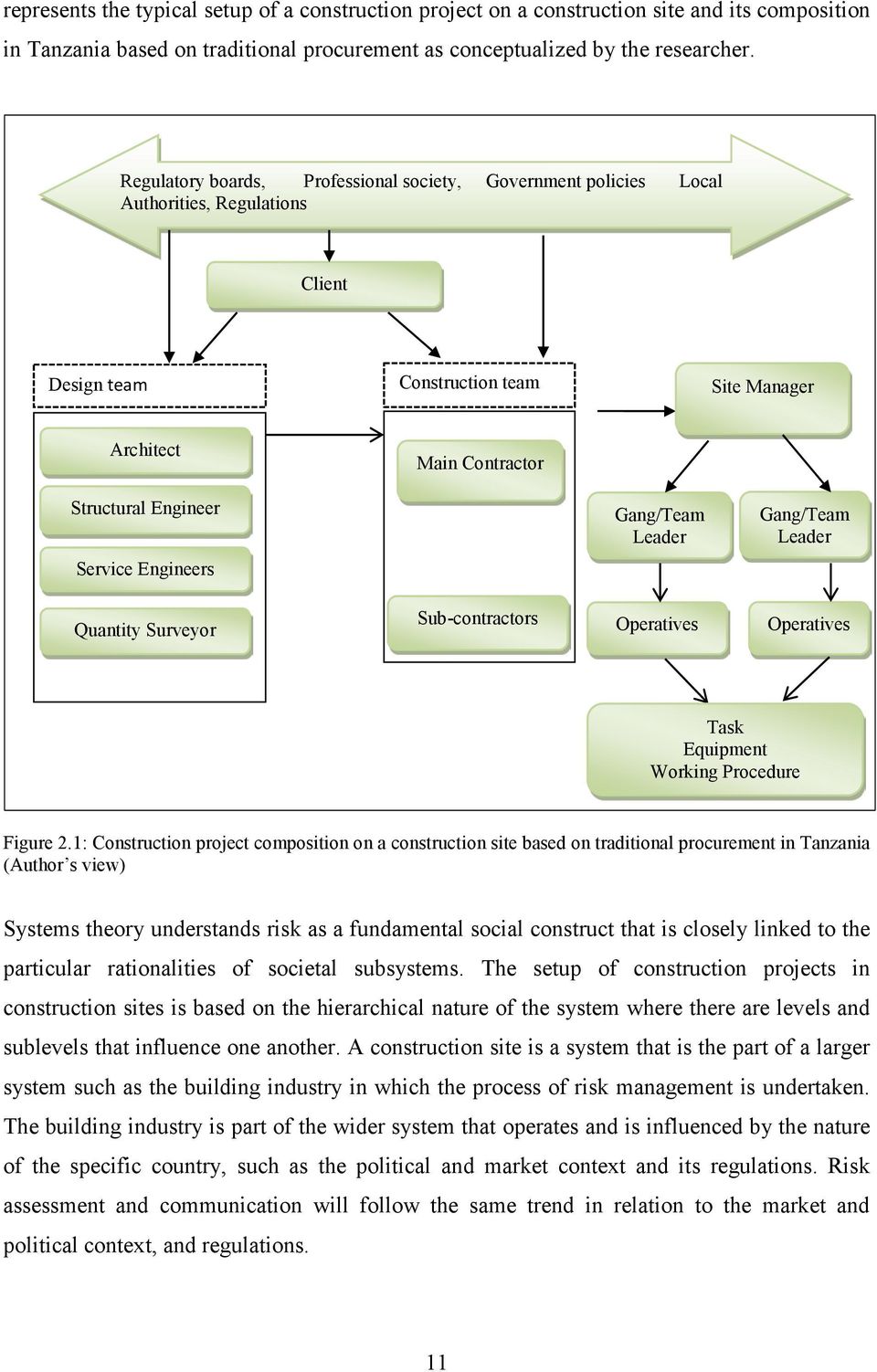Water Lily Pond (1899), Claude Monet: Analysis.
Claude Monet’s 1899 painting, Bridge over a Pond of Water Lilies depicts his cherished garden in Giverny, France. In the paintings, an arched wooden footbridge extends over a pond abundant with water lilies.Bridge Over A Pond Of Water Lillies Claude Monet. Analysis of Selected Works by Claude Monet Claude Oscar Monet, the famous impressionist painter was born on November 14, 1840. Even though his birthplace was Paris, he grew up in Le Havre, a port town located in North Western France.Analysis from W.S by L.P.Hartley Bridge Over a Pond of Water Lilies by Claude Monet Claude Monet painted Bridge Over a Pond of Water Lilies in 1899. The artist admitted that he spent many hours contemplating the lilies on the water long before he picked up his palette.
Analysis of The Water Lily Pond: Green Harmony Claude Monet was the driving force behind the radical group of modern artists who became known as the 'Impressionists'. Influenced by Eugene Boudin (1824-98) and Johan Barthold Jongkind (1819-1891), Monet himself came to specialize in plein-air painting, in order to capture the momentary effects of light and colour.Claude Monet’s artwork shows a typical impressionist approach through his subject matter being the water lily pond and bridge in his backyard. He uses the water lily pond and bridge as the main focus of the artwork with an array of different shades of green in the background to allow the viewer to infer a large bush area behind the pond.

The Essay on Water Lily Pond By Monet., if garden with the Japanese bridge, willow trees and water lily ponds became his primary subject. The Giverny paintings mark a further step away., dabbing brush strokes Monet suggested infinity of objects, eternalized them, and put them beyond the instant forms.












